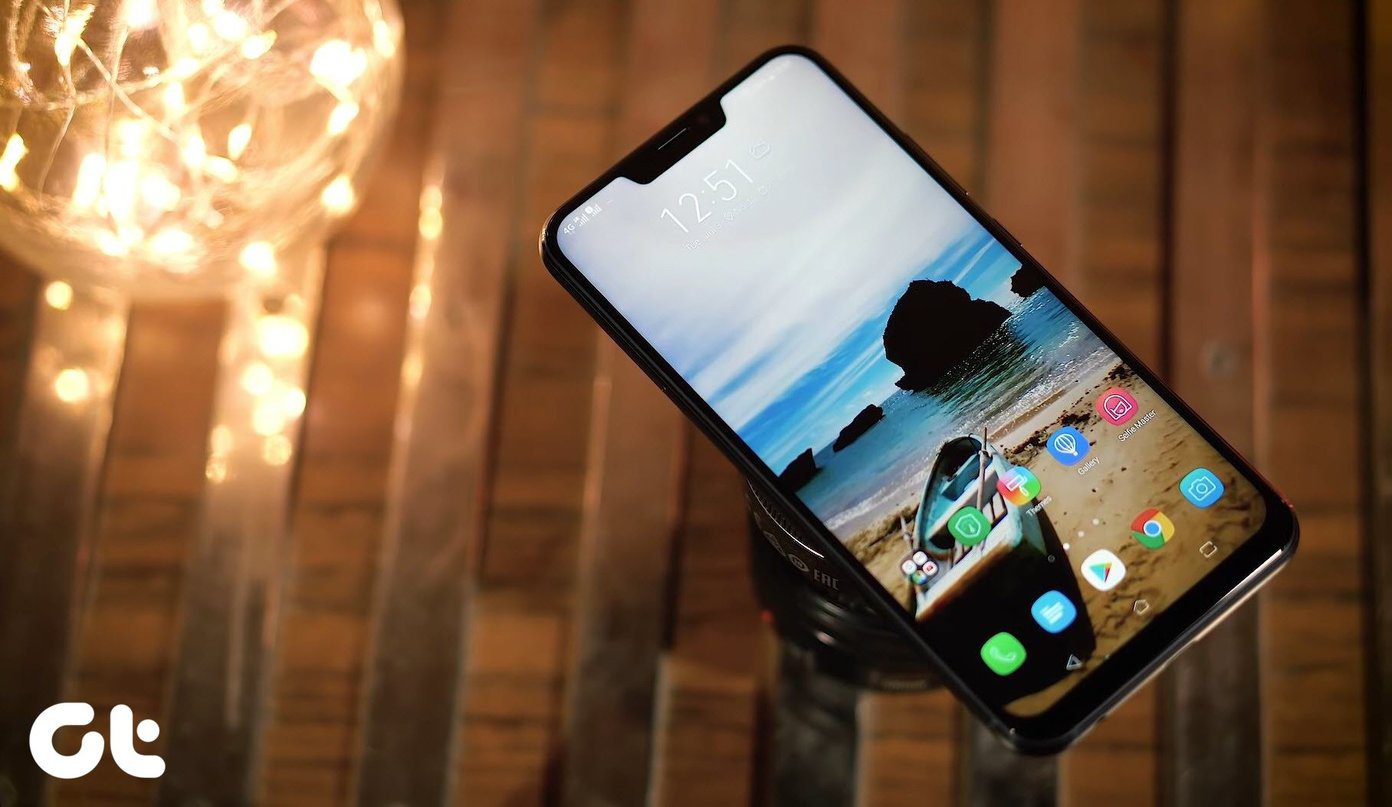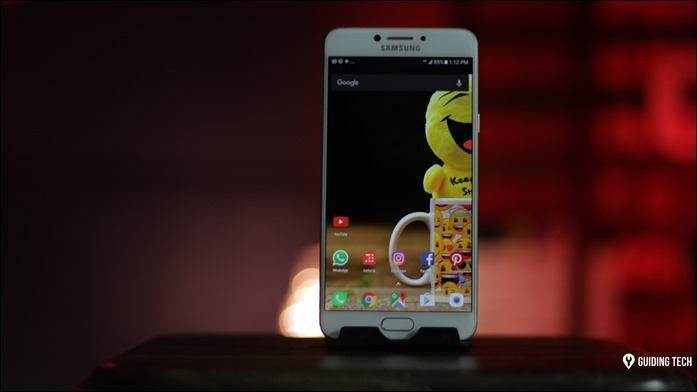Is this a better late than never case, or should have the ZenFone Zoom disappeared with the rest of the cool technological concepts that failed to solidify? That’s what we are going to examine today.
Camera Usability
ASUS was not kidding with the pronounced camera experience on the ZenFone Zoom. Even before getting into the camera app, the chassis shows that this phone is not your typical affair. It’s most likely that consumers buy this phone because they care about a capable camera, and ASUS wants to make sure that you’re always ready with physical button access to the basic camera controls along the right side of the phone. Cleverly, the volume rocker doubles up for zooming control in the camera interface. The volume up is labeled with “T” (Telephoto) and volume down with “W” (Wide Angle), just like on a dedicated camera. There’s even an opening on the bottom left corner of the device for attaching a lanyard strap. Whether the phone is turned on or off, holding down on the camera shutter button takes you straight to the camera app. The button is also two-staged, for selective focusing. The Record button also launches the camera app, and pressing it again will begin the video capture.
3X Optical Zoom
No doubt, the ZenFone Zoom’s stapled feature is the ability of the camera module to achieve a 3x optical zoom. In case you’re wondering, you won’t be able to see the lens telescope visibly when you zoom in and out. ASUS says that the optics use a 10-element HOYA lens arrangement to achieve the magnification. The camera’s competence is aided by 4 stops of Optical Image Stabilization (16x longer exposure duration) and 0.03 seconds laser focusing (as in the ZenFone 2 Laser). All that is fine and dandy, but how does it actually perform? Images do in fact look much clearer and crisper than on digitally zoomed images. Here are a few sample shots at 3x zoom, compared to digital zooming on an LG V10.
Comparison Set 1
Comparison Set 2
Comparison Set3
In my experience, the capture speed is fairly average. Don’t expect a lightning fast shutter like on Samsung’s Galaxy phones. But in the ZenFone Zoom’s defense, its success rate of non-blurry results is good. Lastly, it’s worth mentioning that the optical zoom isn’t limited to just photos. You can zoom in video recordings as well. It is also supported in specialty shooting modes, such as HDR and Manual mode.
ZenUI Camera Features
The ZenFone Zoom isn’t just sound on the hardware side; there is plenty of support from the ZenUI interface to cover the multitude of use cases. At the launch of the camera app, you’ll be in the Auto mode. There’s nothing too complicated in the interface. Your interaction will mostly fall on the right side of the screen. From top to bottom you have: Gallery shortcut, toggle between Manual and Auto modes, shutter button, record button, and shooting mode selector. The Manual mode gives the user access to typical controls: White Balance, Exposure Value, ISO, Shutter Speed, and Manual Focus. Tapping into the shooting mode area shows the user a barrage of features. Most of these should be recognizable, such as HDR and Night shooting, but there are some notably compelling options. One of these is Super Resolution, which takes four shots at once and fuses them into a much more detailed result (similar to 4x the capture’s megapixel count). Low Light mode is another neat feature. The 13MP shooter on the ZenFone Zoom doesn’t have the best aperture size (f/2.7). Thankfully, that’s supplemented by this mode. The Low Light algorithm merges four adjacent pixels into one pixel, for a better estimation of the actual sight. However, that means that it comes at the cost of resolution. Time Rewind is a burst-shooting sort of mode, which captures a range of images before and after the shutter button is hit. The user can then choose which pictures out the sequence to keep. Depth of field control also makes an appearance, but ASUS goes a little further with Miniature mode. Here, you can be more selective over the extent of the focal depth. The controls allow the user to increase/decrease the focused area, background blur, and contrast.
Are you Convinced with ASUS’ Latest Effort?
At an asking price of $399, the ZenFone Zoom packs a lot of capability. It’s one of the only smartphones that can boast optical zooming, and its specs (Intel Atom Z3580 quad-core processor, 4GB of RAM, 5.5″ 1080P IPS display) are nothing to scoff at. We’d like to hear your thoughts about the Zoom. Is it compelling enough for you to consider, or should ASUS take this one back to the drawing board? The above article may contain affiliate links which help support Guiding Tech. However, it does not affect our editorial integrity. The content remains unbiased and authentic.





















